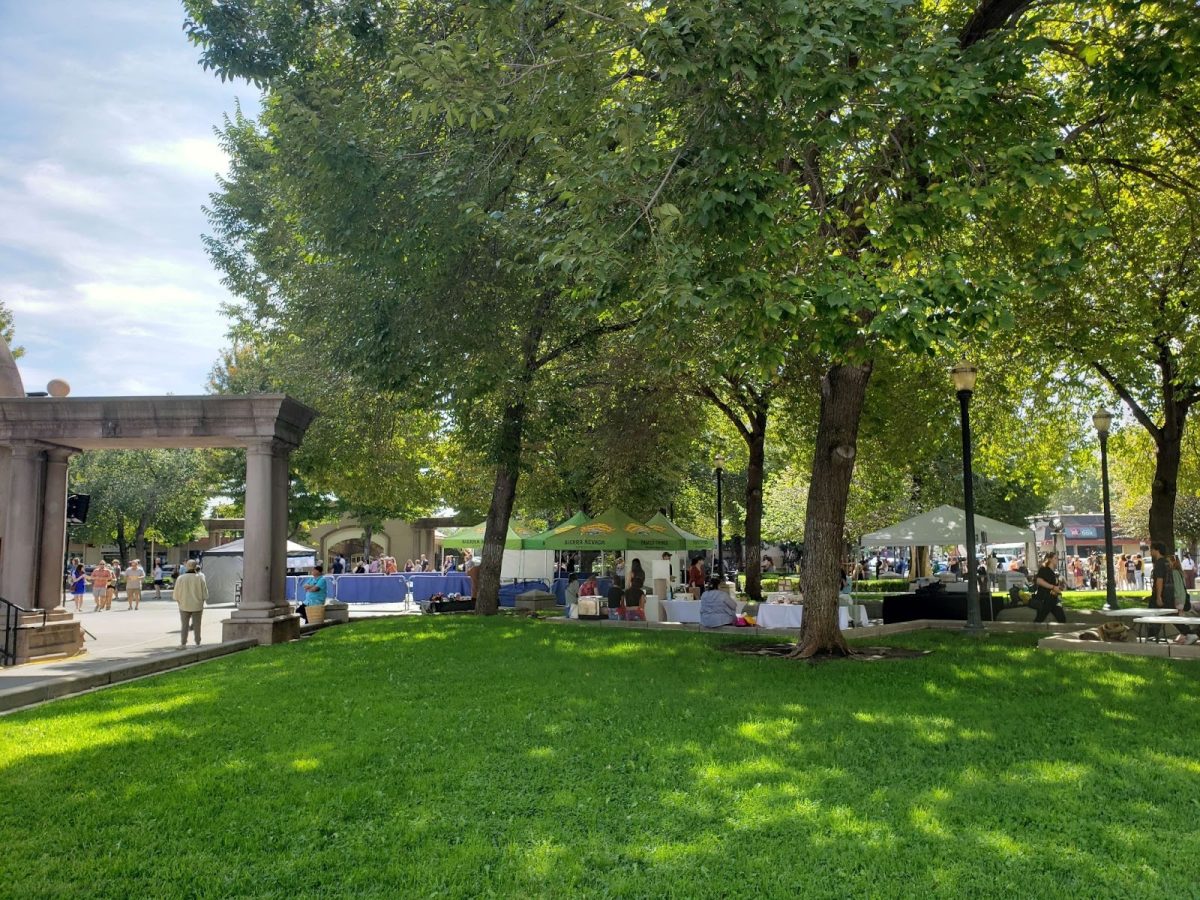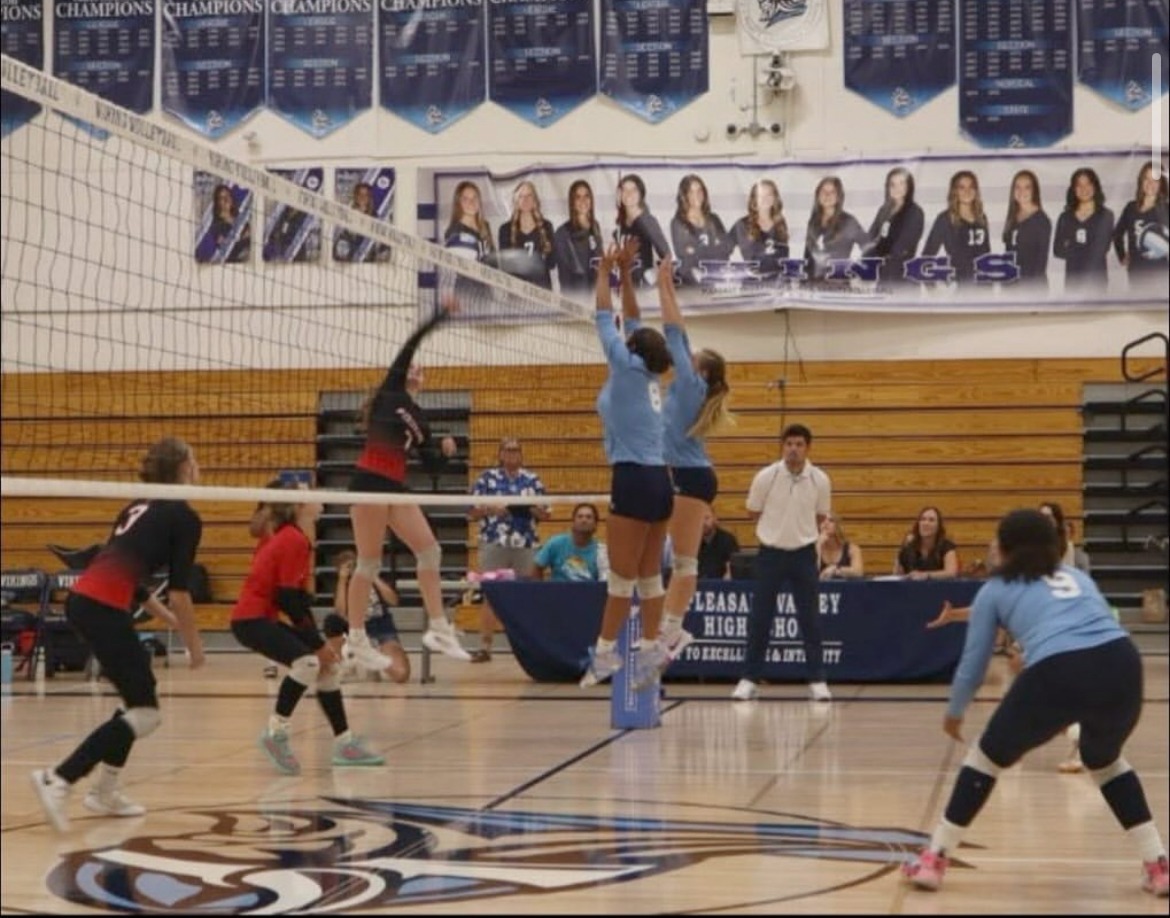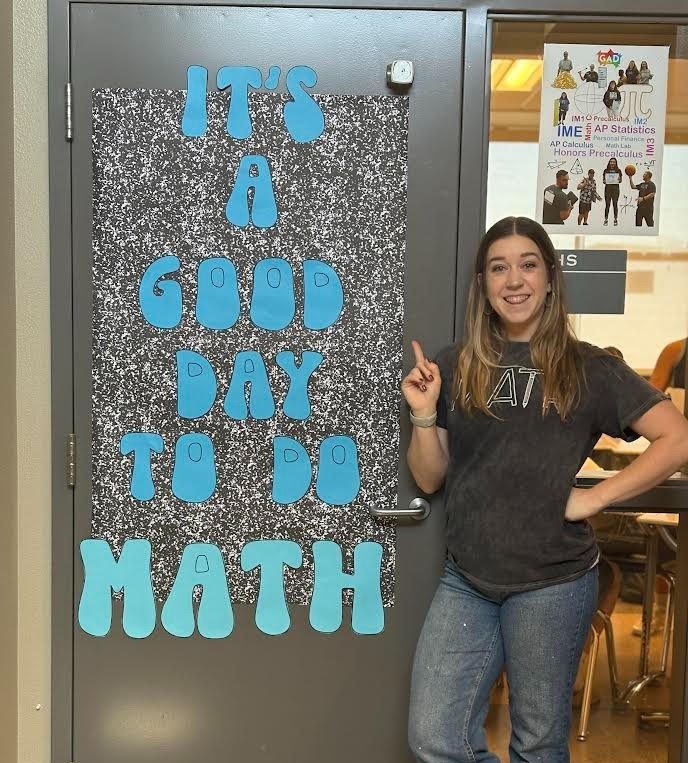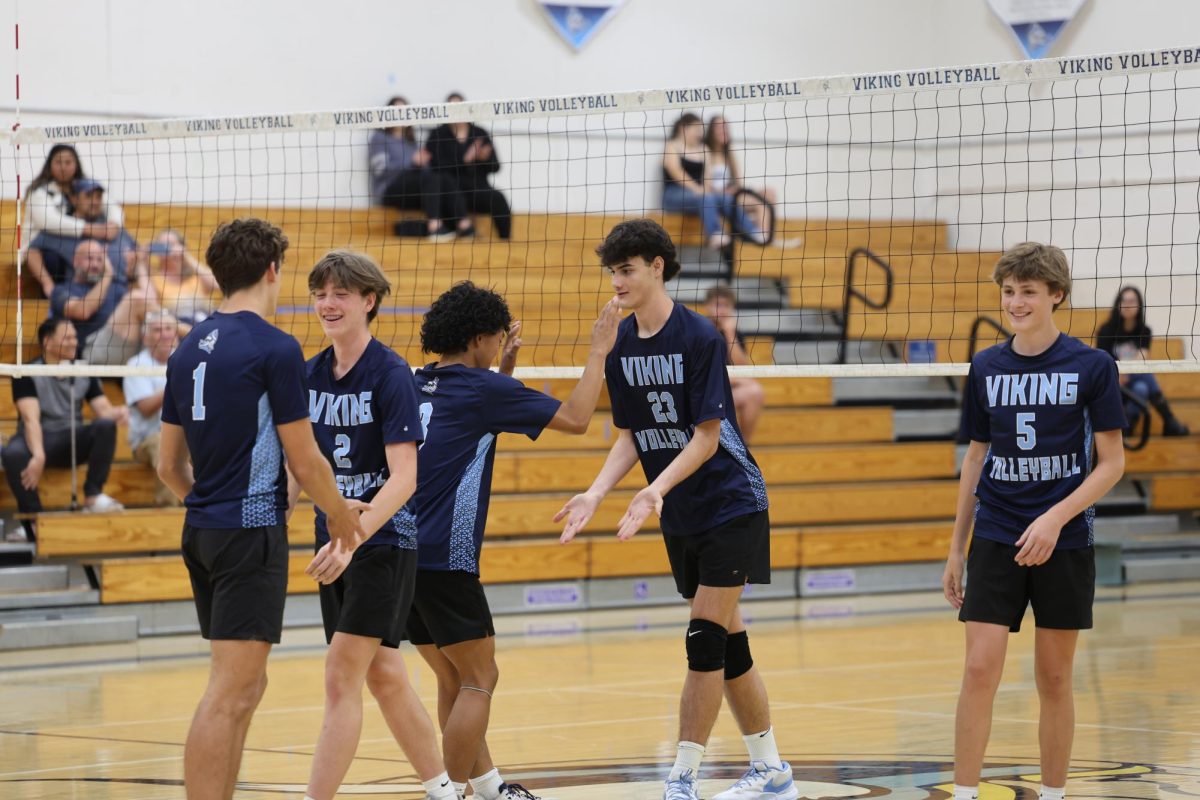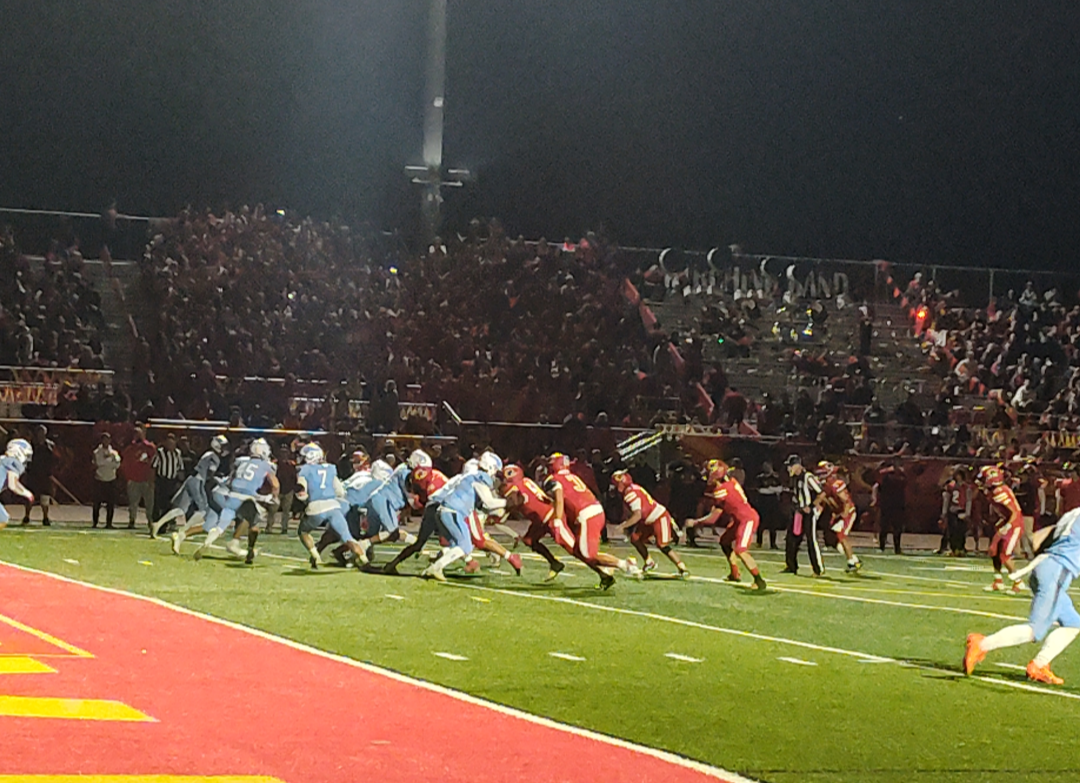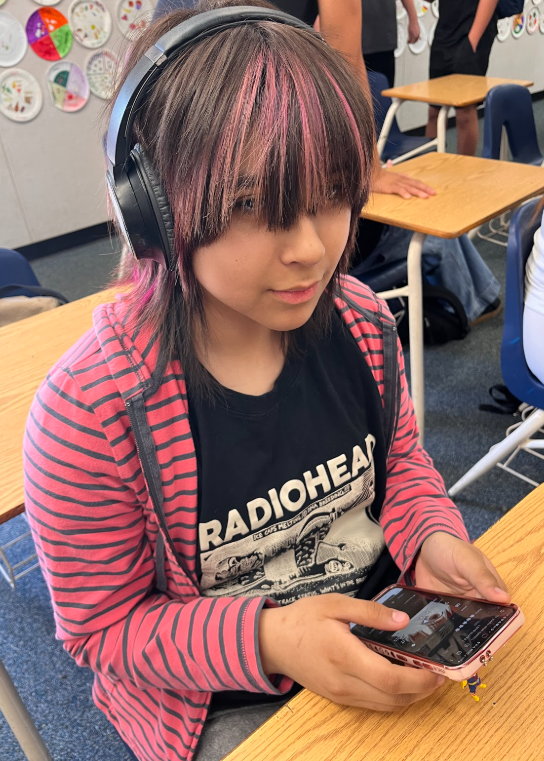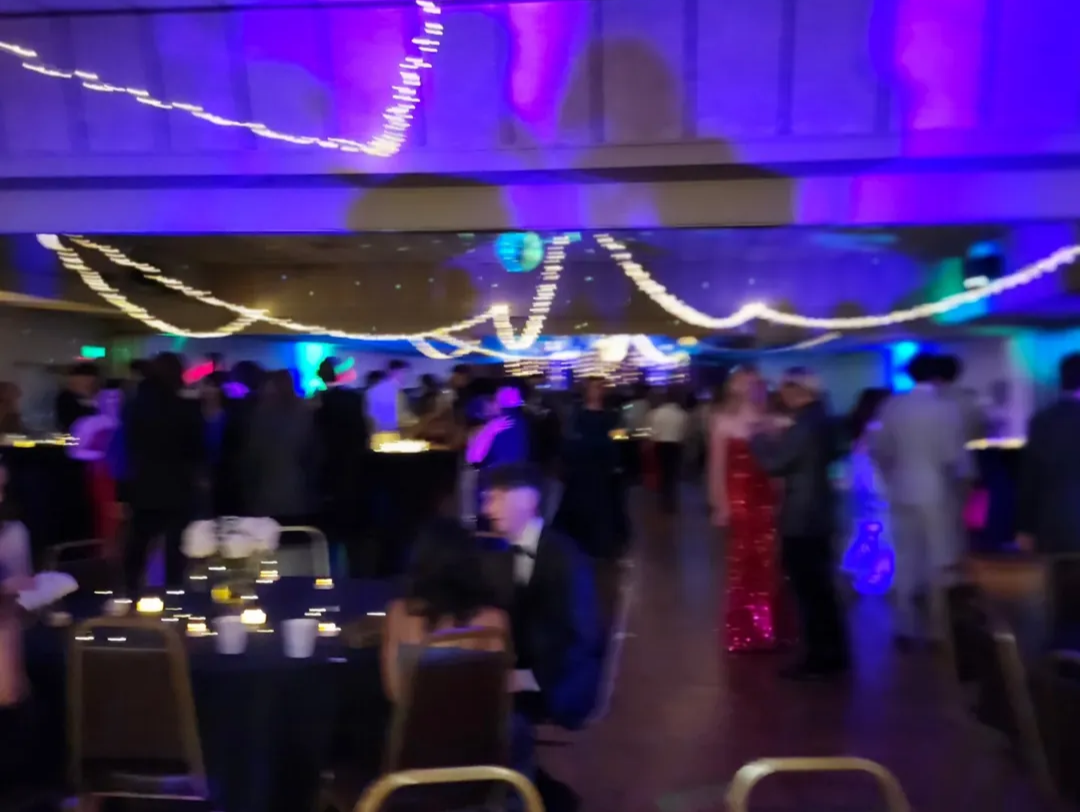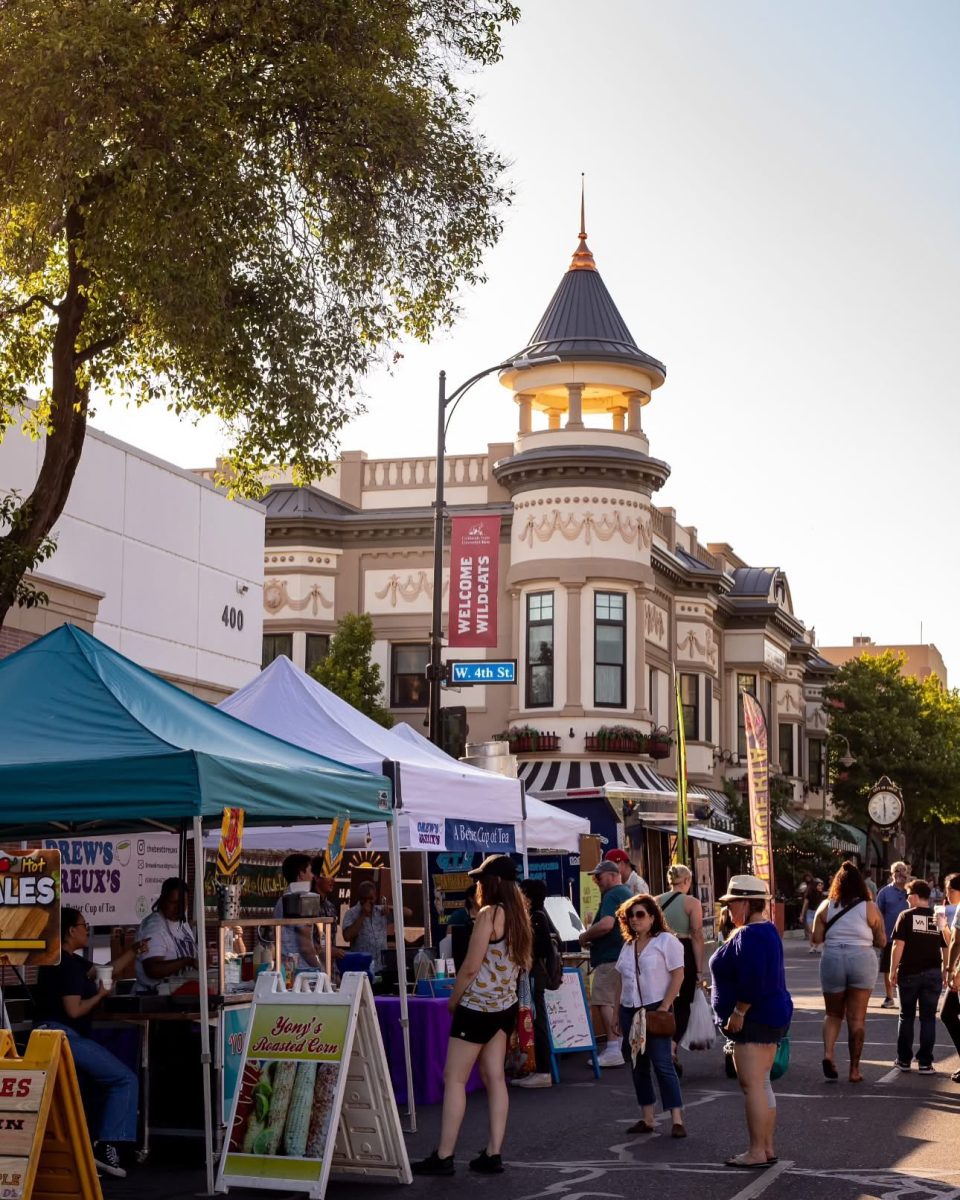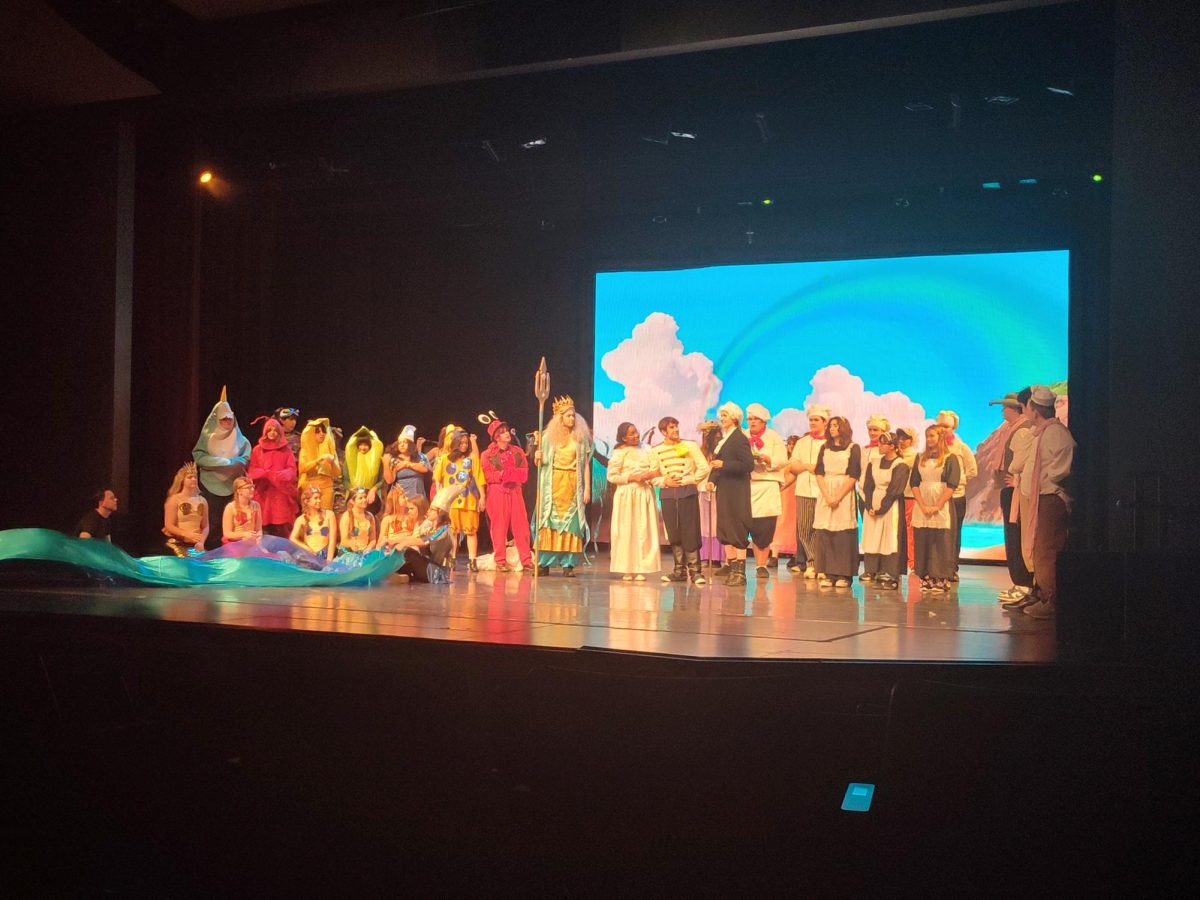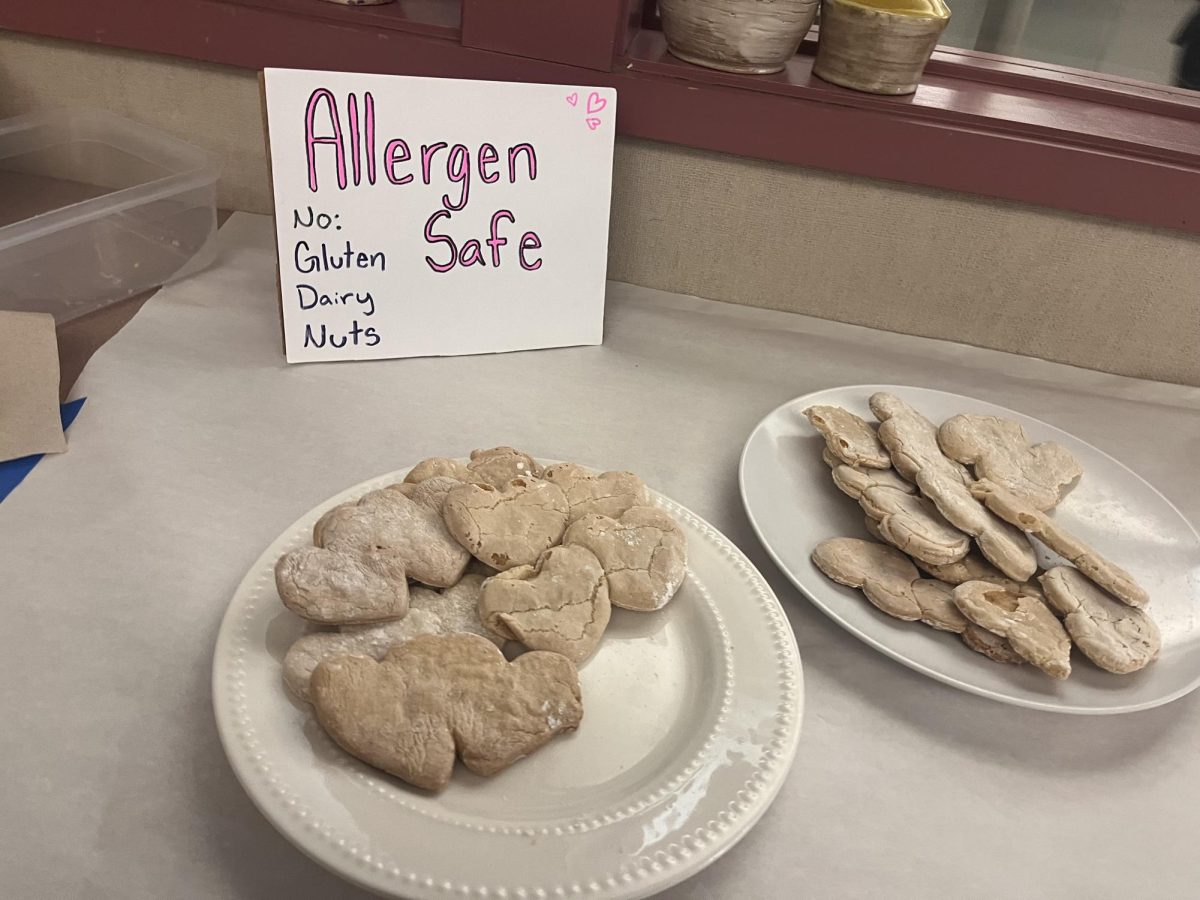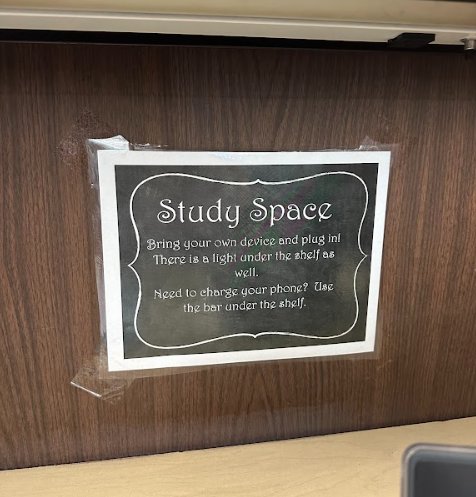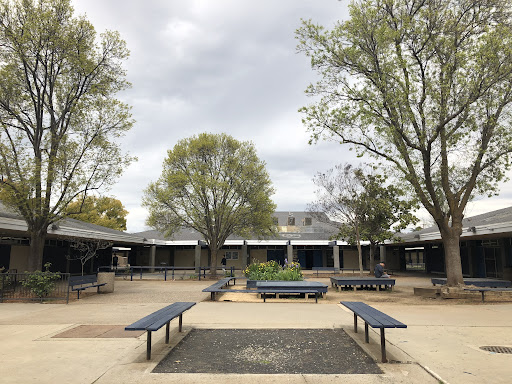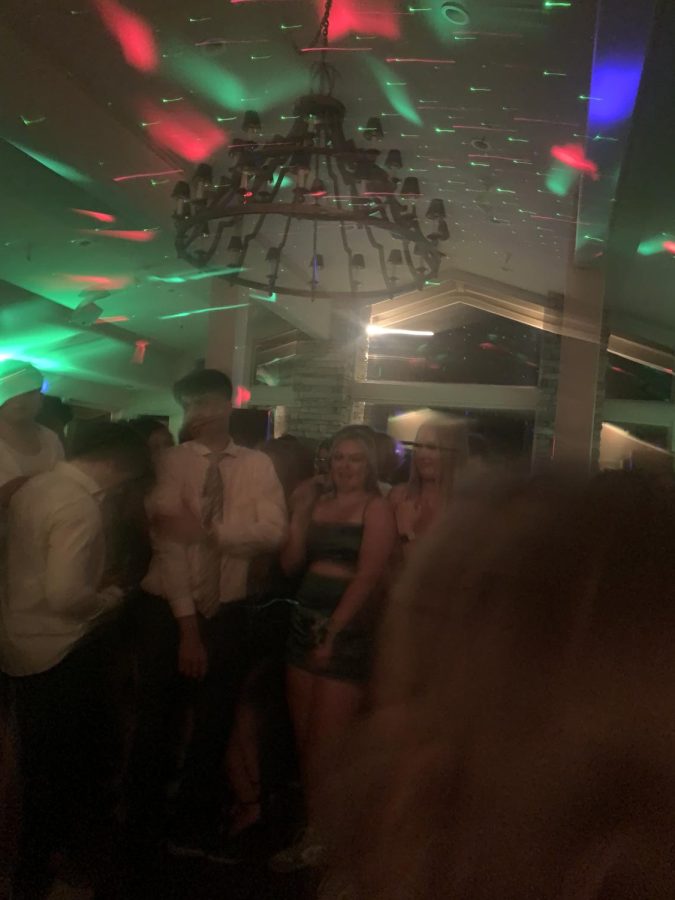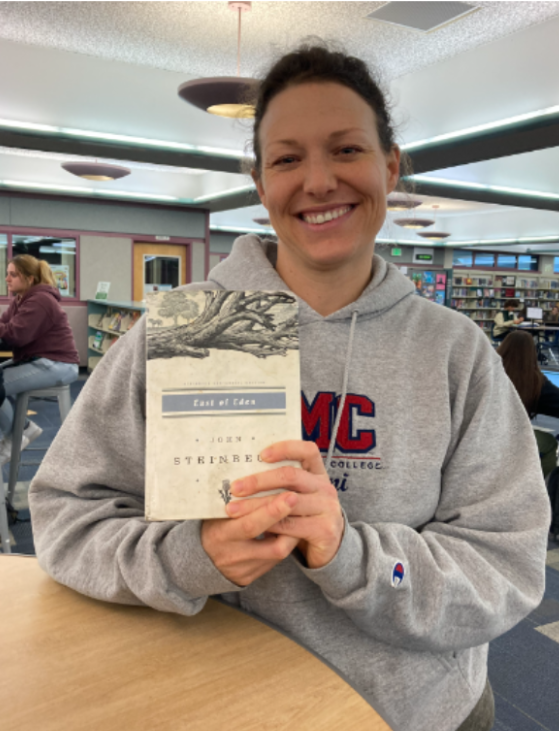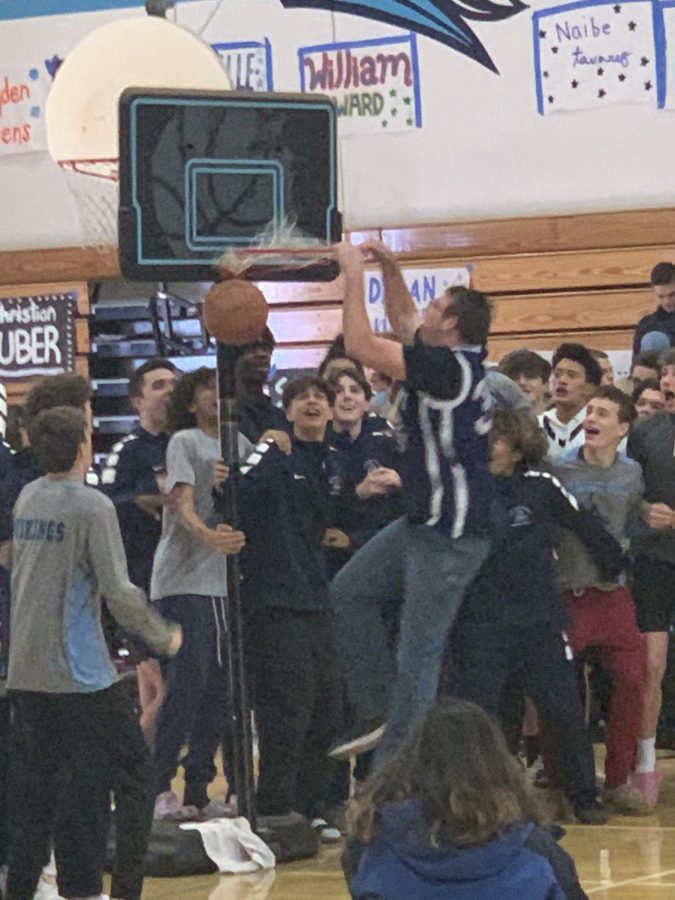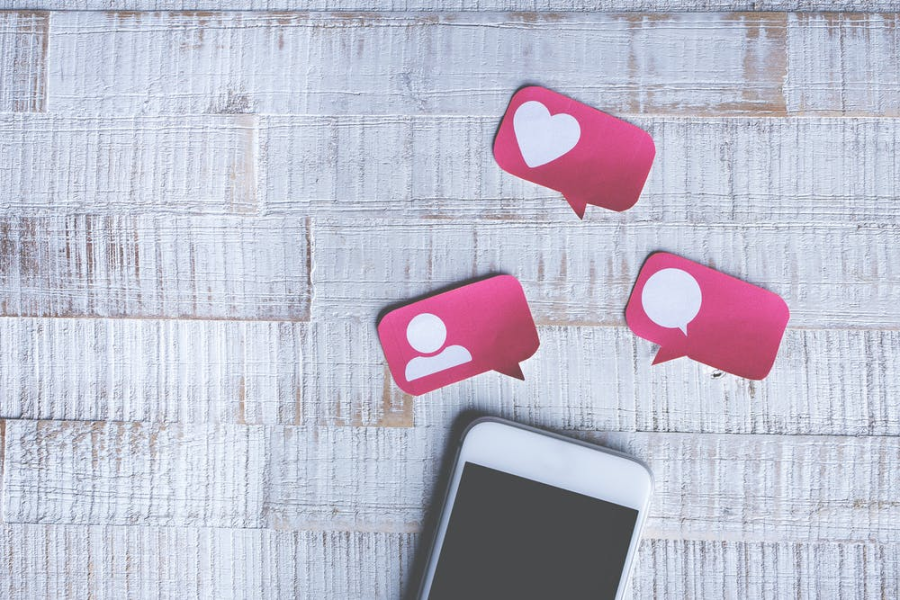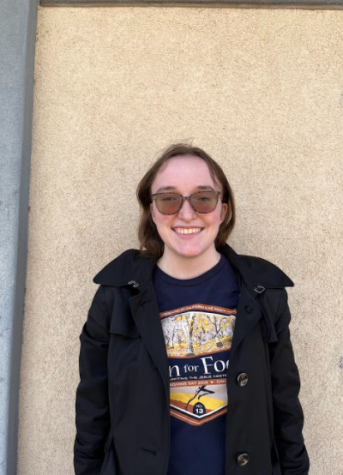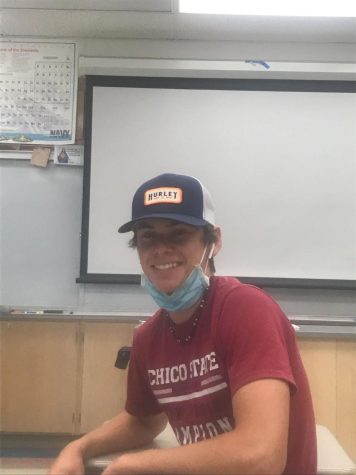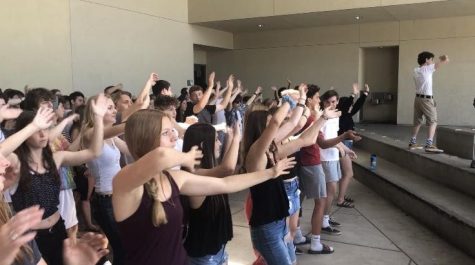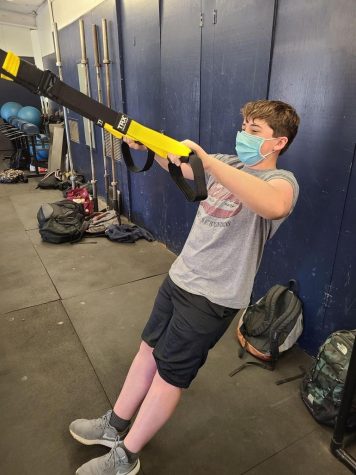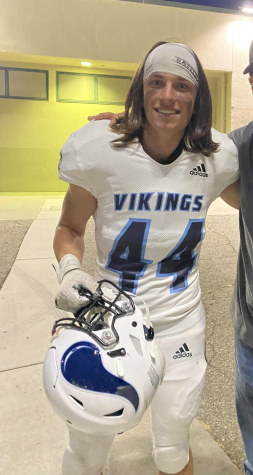Living Online: Social Media and Teens’ Mental Health
How Social Media Usage Affects Mental Health
In 2017, the Royal Society for Public Health conducted a survey among young people ages 14 to 24 in the UK, asking how social media platforms affected their mental well-being. Their reports showed that young people who used Snapchat, Facebook, Twitter, and Instagram were more inclined to have poor body image, increased feelings of depression, anxiety, and an overall feeling of loneliness.
Another important factor to note is that over 91% of young people ages 16 to 24 use social media and 54% use it almost daily.
As social media plays such a huge role in the lives of teenagers, it is important to acknowledge the effects it has on the overall mental well being of teens.
Kelsey Allen teaches AP Psychology, Psychology, and government at PVHS. She is a part of PV’s Wellness Wednesdays where students can come into her classroom and discuss mental health in a safe and supported environment. Allen is avid in finding ways to aid her students.
“Recently, we’ve been seeing a lot of studies that show that anxiety rates in this generation are rising compared to others,” Allen says.
Allen shares the theory in which notifications have correlated with anxiety. Originally conducted by Harvard University, evidence was discovered that when one gets a notification on their phone, dopamine receptors that are responsible for making us feel-good are activated. But if this indicates that we are happy to get notifications, how does that affect anxiety?
“The parts of the brain that are responsible for judgement and decision making are still developing in adolescence,” states Allen, “and when you get a notification, we want to know what it is and teens cannot control that impulse to check their phone.”
Allen shares that as the dozens of notifications come in practically every moment of everyday, teens’ bodies are then constantly being alerted and you are unintentionally training your body to be on high alert. That’s when teens develop anxiety.
Allen suggests that teens turn off their notifications and find something away from the phone to do, like an outdoor activity. Natural sun will help regulate serotonin, another neurotransmitter that regulates mood and endorphins that help you relax and feel better.
Counselor Jada Wysocki works extensively to help the mental health of students. She feels that with social media throwing so many things to teens at one time, teens are likely to get fixated on what they see online rather than reality, spiraling into a black hole of negative thoughts about self-worth and belonging.
“A lot of students forget that social media is just a highlight reel and it’s not real life,” said Wysocki.
For Junior Justin Topp, he feels that when your phone is always on you, social media becomes impossible to escape. He uses it right when he wakes up and right after school.
“I mainly use it for entertainment and also to see what my friends are up to,” said Topp, “It’s like a peek into someone else’s life.”
Though social media keeps Topp connected to his friends and current events, he sometimes feels FOMO ( “Fear-of-Missing-Out”), a social anxiety phenomenon in which individuals believe others are having fun while they’re not.
“Whenever I see old friends hanging out and doing things I can’t, even though it’s not directed at me, I still wish I was there,” Topp shared, “I’d say that if you’re using social media, try to think about others when you post and think about your friends who aren’t there with you.
With content being so easy to access and so quick at the same time, it’s easy to be bombarded with enough information to feel excluded or envious, as a study by Ceren Hayran et. al suggests. FOMO is a shared experience among all individuals who use social media, it’s normal and it suggests that society as a whole will need to take steps to help each other feel included.
“What makes social media so addicting is that we use the internet and social media for everything at this point,” said junior Mariella Kee, “Technology is in every aspect of our lives.”
Like Topp, Kee appreciates the “social” aspects of social media and being able to connect with friends. As well as being able to inform others about social justice and being able to follow accounts with some of her interests like animal videos, makeup, and LGBTQ+. She follows various activism accounts as well and she’s learned much about how her actions may hurt different people and become informed.
“Social media has made me discover who I am and really made me okay with the fact that I’m gay. It’s one of the main things that made me discover that ‘Hey! Wait,that’s me!’ and through social media, I’ve learned that this is who I am and I’m okay with this,” shared Kee.
The internet has become a powerful and beneficial resource but Kee also emphasizes that in a lot of good, there’s also a lot of bad. She’s seen content from cute animals to videos of people harming themselves.
“I’ve had periods of time where I’ve needed to go on hiatus and take a break from social media because it can be so overwhelming,” shared Kee, “I’ve had to multiple times freshman and sophomore year and whenever I do that, I notice that my mental health skyrockets in a positive degree.”
Drama and ignorance is also inescapable when you are on social media. Topp has too witnessed toxicity while on social media, seeing friendships break and arguments break out over “dumb things that really don’t matter.” Spreading negativity is so easy to do behind a screen.
Additionally, being connected all the time with everyone of all demographics and ages becomes dangerous when you’re still trying to figure out yourself as an adolescent. For Kee, this became personal when she began talking to an individual older than her online.
“He was the one, really, that started the [mental] breakdowns but I didn’t know at the time,” shared Kee who was then a freshman.
Kee has since overcome the toxic situation and has come out stronger. She hopes that by sharing her own experiences that teens would become aware of red flags on the internet. Reaching out for help is courageous and steps taken to get help should never be one which people are afraid to take.
Wysocki encourages students to tell someone they trust and utilize their resources whenever they need extra support. As of now, there are resources on the PVHS website as well as in the counseling office such as counselors, PV’s school psychologist, and PV’s targeted case manager. The Learning Center in the library is also always a safe place for students that need some time to reset and do their work at the same time. Women of Excellence and Men of Chico are also programs that team up high school and Chico State students who will be their mentors. More information about both programs can be found through Mr. Valdez. There are always people who want to help.
“I personally think that social media is not a factor that I make a big part of my life,” remarked Topp, “As I’ve gotten older, I realized that I can go without it and I have other things to worry about now like my job…I’ve learned to balance it out.”
Likewise, Kee has learned to balance out the social media that has engulfed many teens’ lives in this generation. She’s learned to differentiate between what things make value and which things do not in her life.
If you are struggling with your mental health and need extra support, here is a list of local resources:
- Butte Youth Now – Sign & Symptoms of Youth Depression for Teens
- Suicide Prevention Lifeline – How to Take Care of Yourself
- Youth by Youth – Where Mental Health, Wellness, Engagement and Technology Meet
- American Foundation for Suicide Prevention – Fight Suicide
- Friends for Survival – Help After a Suicide Death
- Butte 2-1-1 – 24 Hour Hotlines & Crisis Intervention
- Butte County Behavioral Health -Getting Help in Butte County
- PVHS Counseling Resources
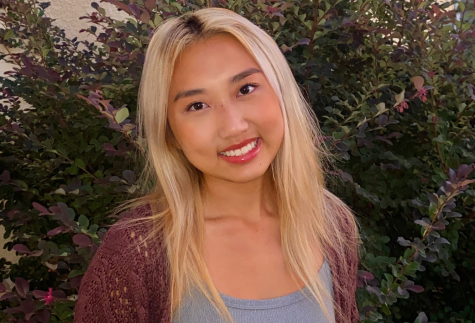
Destiny Lee is returning for her second year as an editor! She hopes that she can create a space where her peers can stay connected, be empowered, and...


